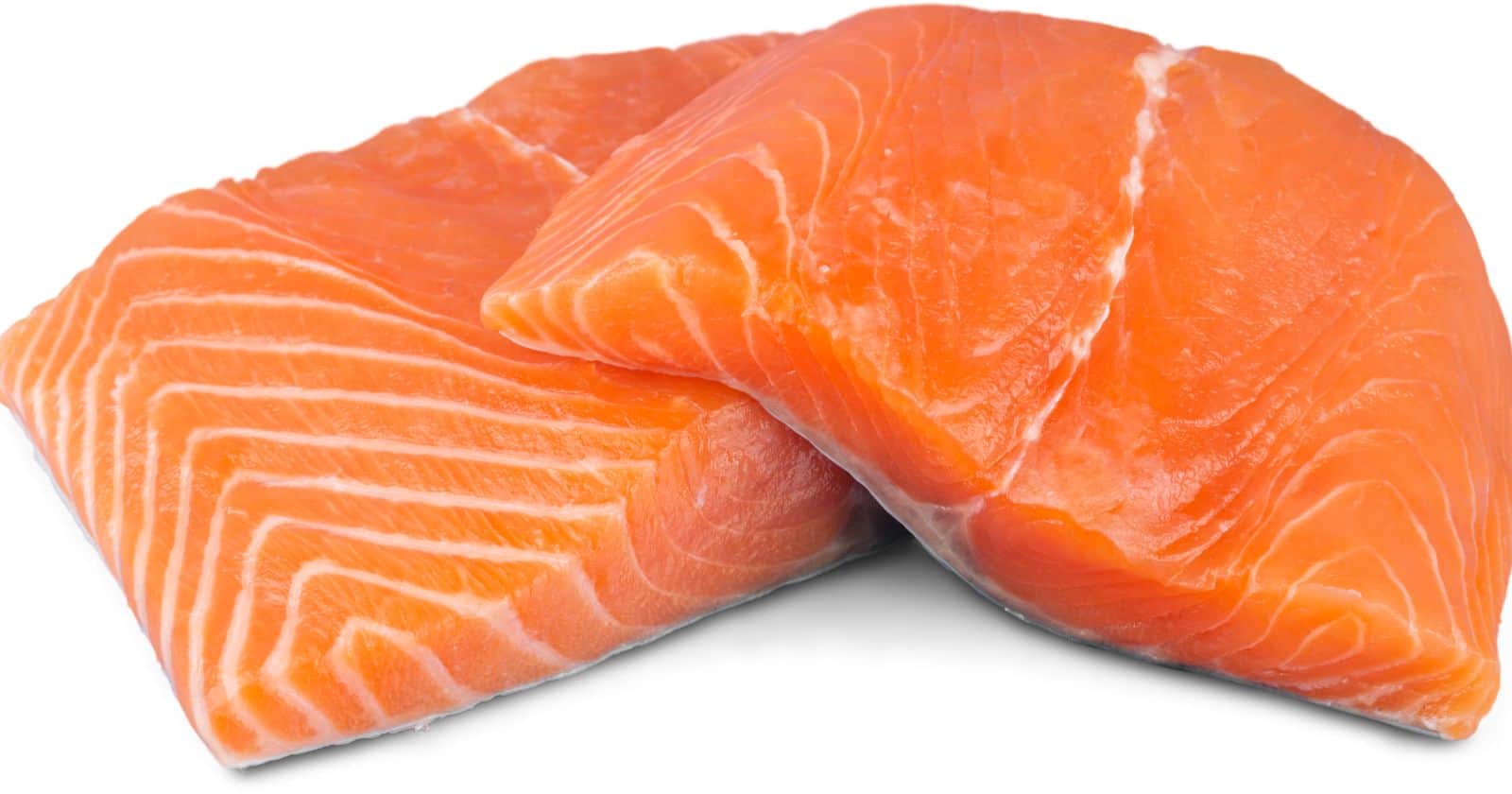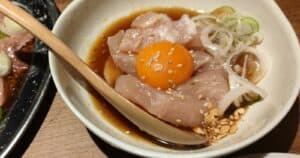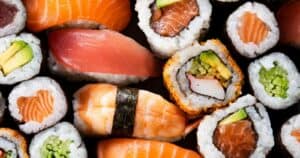Intriguing and bursting with flavor, Japanese cuisine has captured the hearts and taste buds of food enthusiasts worldwide. Have you ever wondered how these mouthwatering dishes are prepared? Join us as we dive into the fascinating world of Japanese cooking techniques and explore the secrets behind their simplicity and presentation.
Japanese cuisine also places great importance on using fresh and seasonal ingredients. We’ll delve into the wide range of ingredients that make up a traditional Japanese meal, from rice, grains, and vegetables to fish, shellfish, and seaweed. Learn how these ingredients are prepared in various ways, such as stewing, grilling, steaming, and deep-frying, to create a well-balanced yet flavorsome dining experience.
Traditional Japanese Cooking Techniques
Japanese cuisine is renowned for its simplicity and focus on the natural flavors, textures, colors, and nutrients of the ingredients. To achieve these qualities, a variety of traditional cooking techniques are utilized:
- Niru (Simmering): This method involves gently simmering ingredients in Dashi (broth), water, or liquid seasonings. By slowly cooking the ingredients, their flavors meld together, resulting in soft and flavorful dishes.
- Yaku (Grilling): Grilling is a popular technique in Japanese cuisine, whether it’s cooking ingredients over an open flame or lightly sautéing or shallow frying them in a pan with some oil. This method imparts smoky and charred flavors to the ingredients.
- Musu (Steaming): Steaming is a gentle cooking method that preserves the natural flavors and nutrients of the ingredients. Japanese cuisine commonly uses steamer baskets to cook foods over boiling water, resulting in tender and moist dishes.
- Ageru (Deep-frying): Deep-frying is another commonly used technique, where ingredients are fried in hot oil until they become crispy. This method adds a delightful crunchiness to various dishes, such as tempura.
- Nama (Cutting): Cutting ingredients in specific ways is an essential technique in Japanese cooking. By carefully cutting ingredients, they become more visually appealing and easier to eat.
In traditional Kaiseki-style cuisine, all five cooking methods are incorporated, with dishes that showcase cutting techniques (sashimi), simmered dishes (niru), grilled dishes (yaku), steamed dishes (musu), and deep-fried dishes (ageru).
Additionally, grilling foods over direct or indirect flames at high temperatures is a common practice in Japanese cuisine. It creates a unique smoky flavor and charred exterior while keeping the interior tender and juicy. Stews are also popular, where ingredients are seasoned as they cook, resulting in rich and flavorful dishes.
Ingredients and Their Preparation
Japanese cuisine is known for its use of staple ingredients such as rice, seafood, seaweed, soybeans, and vegetables. There are various preparation methods used to showcase the flavors and textures of these ingredients. Here are some key ingredients and their preparation techniques:
- Dashi: Dashi is a flavorful fish stock that forms the foundation of many Japanese dishes. It is made by simmering dried fish, kelp, and sometimes mushrooms in water. This creates a savory and umami-rich base that adds depth of flavor to soups, sauces, and various other dishes.
- Miso: Miso is a fermented soybean paste that is widely used for seasoning. It is created by fermenting soybeans with salt and koji, a type of mold. Other ingredients like rice, barley, seaweed, or even vegetables can also be added during the fermentation process. Miso adds a complex, salty, and slightly sweet flavor to dishes.
- Soy sauce: A quintessential ingredient in Japanese cuisine, soy sauce is made through the fermentation of soybeans with wheat, salt, and water. This results in a salty and umami-rich sauce that enhances the taste of many Japanese dishes. It is commonly used as a dipping sauce, marinade, or for seasoning stir-fries and noodle dishes.
In addition to these ingredients, Japanese cuisine also showcases the use of mirin, a sweet rice wine that adds a touch of sweetness and depth of flavor, sake, a rice wine used for cooking and drinking, and rice, which serves as a staple in countless Japanese dishes. Vegetables are prepared using various techniques such as stewing, grilling, steaming, boiling, dressing in sauce, or deep-frying, while seafood is often grilled or served raw as sashimi or in sushi.
Role of Rice in Japanese Cuisine
Rice plays a vital role in Japanese cuisine, serving as the staple food and a versatile base for various dishes. It is deeply rooted in Japanese culture and has significant cultural significance. The cooking method involves soaking the rice in water and then using a rice cooker to achieve fluffy and shiny rice. Along with other ingredients like vegetables, fish, and seaweed, rice is a key component of traditional Japanese meals.
Let’s take a closer look at the various aspects of rice in Japanese cuisine:
- Staple Food: Rice is the main component of almost every Japanese meal, from breakfast to dinner. White rice, which is short-grain and sticky when cooked, serves as the foundation of Japanese cooking. It is consumed in large quantities and provides essential carbohydrates for energy.
- Versatile Base: With its neutral taste, rice serves as a versatile base for a wide range of dishes. It is the key ingredient in popular Japanese dishes like sushi and onigiri. Rice can also be used to create rice bowls, where it is topped with various ingredients such as vegetables, meat, or seafood.
- Cultural Significance: Rice holds immense cultural significance in Japan. It is deeply intertwined with myths, deities, and the identity of the Japanese people. Rice cultivation has been a central aspect of Japanese culture and is often depicted in traditional Ukiyo-e woodblock prints. Rice represents the connection between the people and their land, symbolizing the Japanese identity.
- Cooking Method: Japanese rice is typically soaked in water to absorb moisture before being cooked. The preferred method is using a rice cooker, which ensures fluffy and perfectly cooked rice. While plain rice can be enjoyed on its own, it is often served with side dishes such as pickles, natto (fermented soybeans), furikake (rice seasoning), or a raw egg.
- Ingredient: Rice is one of the primary ingredients in Japanese cuisine, complementing other elements like vegetables, grains, mushrooms, fish, shellfish, and seaweed. The variety of vegetables used ranges from traditional ones to Western imports that became popular during the Meiji Period. The combination of these ingredients creates well-balanced and nutritious meals.
Types of Japanese Cooking: Raw and Grilled
Japanese cuisine is known for its refined and simple cooking approach, utilizing domestic produce and focusing on seasonal ingredients. There are two main types of Japanese cooking: raw and grilled. Here is a closer look at each technique:
- Raw Cooking:
- Raw meat and seafood are commonly enjoyed in Japanese cuisine, showcasing the freshness and high-quality ingredients.
- Sashimi: Raw fish or seafood sliced into delicate pieces and served with soy sauce, wasabi, and pickled ginger.
- Sushi: A combination of raw fish, seafood, or other ingredients like vegetables and rice, tightly wrapped in seaweed and served with soy sauce and wasabi.
- Japanese knife skills are crucial in preparing raw dishes, ensuring precise cuts and presentation.
- Grilled Cooking:
- Grilling is one of the main techniques used in Japanese food preparation, resulting in flavorful and tender dishes.
- Foods are grilled over a direct or indirect flame, commonly using high temperatures.
- Yakitori: Skewered and grilled chicken pieces, often marinated in a sauce made from soy sauce, mirin, and sugar.
- Yakiniku: Grilled slices of meat, typically beef or pork, enjoyed with various dipping sauces.
- Traditional grilling methods include robatayaki (grilling on open charcoal), teppanyaki (grilling on an iron griddle), and hibachi (grilling on a small charcoal stove).
Japanese cooking encompasses a variety of other cooking techniques, such as cutting, simmering, steaming, and deep-frying. However, raw and grilled cooking play a significant role in the cuisine, highlighting the freshness and flavors of the ingredients. Both techniques require precision, skill, and appreciation for the natural flavors of high-quality ingredients.
The Art of Sushi Making
The art of sushi making is a revered and intricate practice in Japanese culture. It requires years of dedication and practice to master. Here are the steps involved in creating this exquisite cuisine:
- Cutting the fish: A skilled chef must start by cutting the fish correctly. Using a razor-sharp knife, they carefully slice the fillet lengthwise and then diagonally to create larger pieces towards the tail end of the fish.
- Preparing the rice: Sushi rice is a crucial element. The chef washes and soaks the rice before cooking it with precise measurements of water, vinegar, salt, and sugar. Once cooked, the rice is cooled and seasoned before use.
- Assembling the sushi: The chef takes a small amount of rice and shapes it into a ball or oblong shape. They then delicately place a slice of fish or other ingredient on top of the rice and gently press it together.
- Presentation: The way sushi is presented is just as important as its taste. The chef skillfully arranges the sushi on a plate or platter, often garnishing it with wasabi, ginger, or soy sauce.
The art of sushi making requires meticulous attention to detail and a deep appreciation for the visual aesthetics of the dish. In Japanese culture, the appearance of sushi is paramount, emphasizing the artistry behind this culinary tradition.
Noodles: Ramen, Udon, and Soba
Ramen, udon, and soba are three delicious types of Japanese noodles. Ramen noodles are thin and curly, made from wheat flour, salt, and water. They have a chewy texture and are often served in a hot soup with various toppings like pork and green onions. Udon noodles, on the other hand, are thick and chewy, made with wheat flour, salt, and water. They have a mild flavor and can be served in a hot soup or stir-fried with vegetables and meat.
Finally, soba noodles are thin and made from a combination of buckwheat flour and wheat flour. They have a nutty flavor and can be served cold with a dipping sauce or in a hot soup. Each of these noodles has its own unique preparation method and flavor profile.
Fermented Foods: Sake and Miso
Fermented foods play a vital role in Japanese cuisine. Miso and sake are two popular examples of fermented foods in Japan.
Miso, a fermented soybean paste, is a staple in Japanese cooking. It is made by fermenting soybeans with salt and a fungus called koji. Miso is commonly used in soups, marinades, and dressings, adding a rich, savory flavor to dishes. It is also known for its health benefits, as the fermentation process enhances the nutritional value of soybeans, making miso a good source of protein, vitamins, and minerals.
Sake, on the other hand, is a traditional Japanese rice wine that is also fermented. Made from rice, water, and koji, sake production involves a complex brewing process. The rice is polished to remove the outer layers, then steamed and fermented with koji to convert the starches into sugars. Yeast is then added to the mixture, which converts the sugars into alcohol, resulting in sake. Sake is enjoyed on its own as a beverage or used in cooking to enhance the flavors of various dishes.
Apart from miso and sake, there are several other fermented foods in Japanese cuisine. Tofu, a popular soybean product, is made by curdling soy milk with a coagulant, often derived from fermented soybeans. Soy sauce, another essential condiment, is made from fermented soybeans, wheat, salt, and water.
Natto, a traditional breakfast food in Japan, is made by fermenting soybeans with a specific strain of bacteria, resulting in a sticky and pungent dish. Rice vinegar, pickled plum, and dried fermented bonito fish (katsuobushi) are also commonly used fermented foods in Japanese cooking.
Seasonings and Flavors in Japanese Cuisine
Seasonings and flavors play a crucial role in Japanese cuisine, enhancing the natural tastes of washoku and bringing dishes to life. While Japanese food doesn’t heavily rely on spices, it celebrates the art of simplicity and delicate flavors. Some popular seasonings used in Japanese cooking include soy sauce, miso paste, vinegar, Kewpie mayonnaise, sesame oil, bonito flakes, wasabi, ginger, garlic, karashi mustard, chili pepper, sansho pepper, shichimi togarashi, and yuzu kosho.
Soy sauce, a staple in Japanese cuisine, adds a savory umami flavor to dishes. Miso paste, made from fermented soybeans, is used to make miso soup and adds a rich, salty taste. Vinegar, often rice vinegar, is used not only for sushi rice but also as a tangy seasoning in salad dressings and marinades. Kewpie mayonnaise, with its creamy texture and slight sweetness, is often drizzled on top of dishes like takoyaki or okonomiyaki.
Sesame oil, with its nutty aroma, is used to add depth and flavor to stir-fried dishes and dressings. Bonito flakes, made from dried, shaved fish, are sprinkled on top of many dishes as a garnish, adding a unique smoky and savory taste. Wasabi, known for its striking heat, is mixed with soy sauce to create a dipping sauce for sushi.
Ginger and garlic are widely used in Japanese cooking, adding a subtle spicy and aromatic flavor to dishes. Karashi mustard, a type of Japanese mustard, provides a distinct spiciness to sauces and marinades. Chili pepper, sansho pepper, and shichimi togarashi (a seven-spice blend) are used to add heat and complexity to dishes. Yuzu kosho, made from yuzu citrus zest and chili peppers, adds a citrusy and spicy kick to various dishes, from soups to grilled meats.
All of these seasonings and flavors come together to create the diverse range of Japanese dishes found in homes and restaurants. Whether it’s the simplicity of soy sauce or the boldness of shichimi togarashi, Japanese cuisine embraces a delicate balance of flavors that can be enjoyed in every bite.





